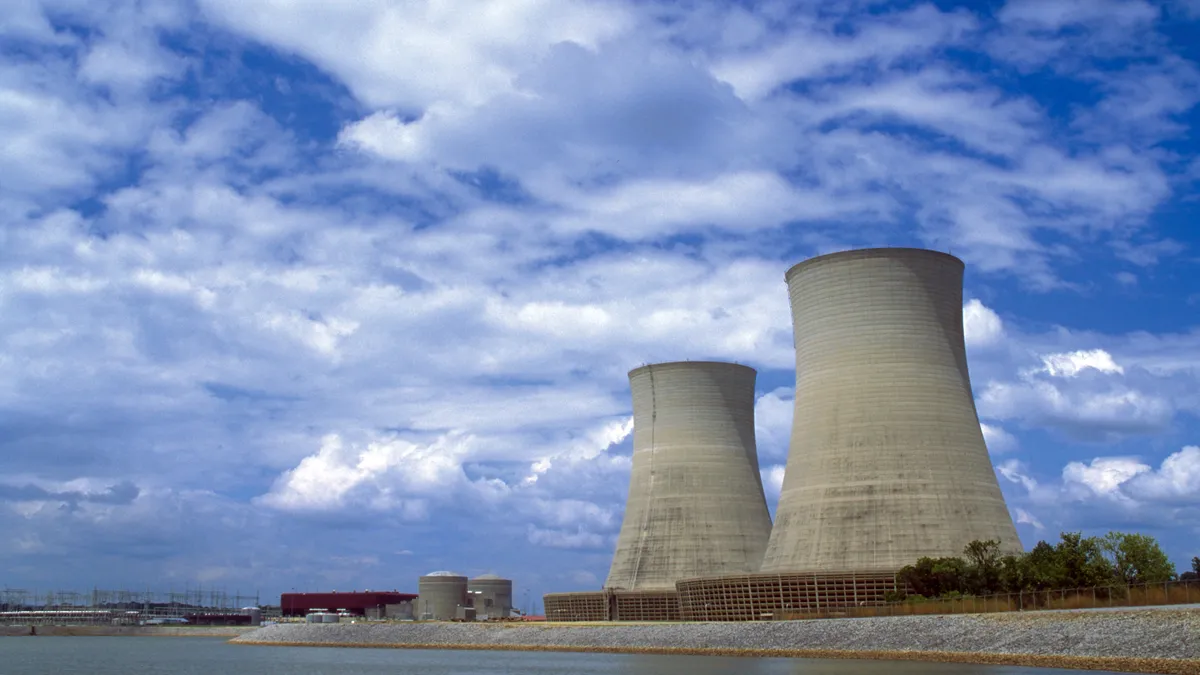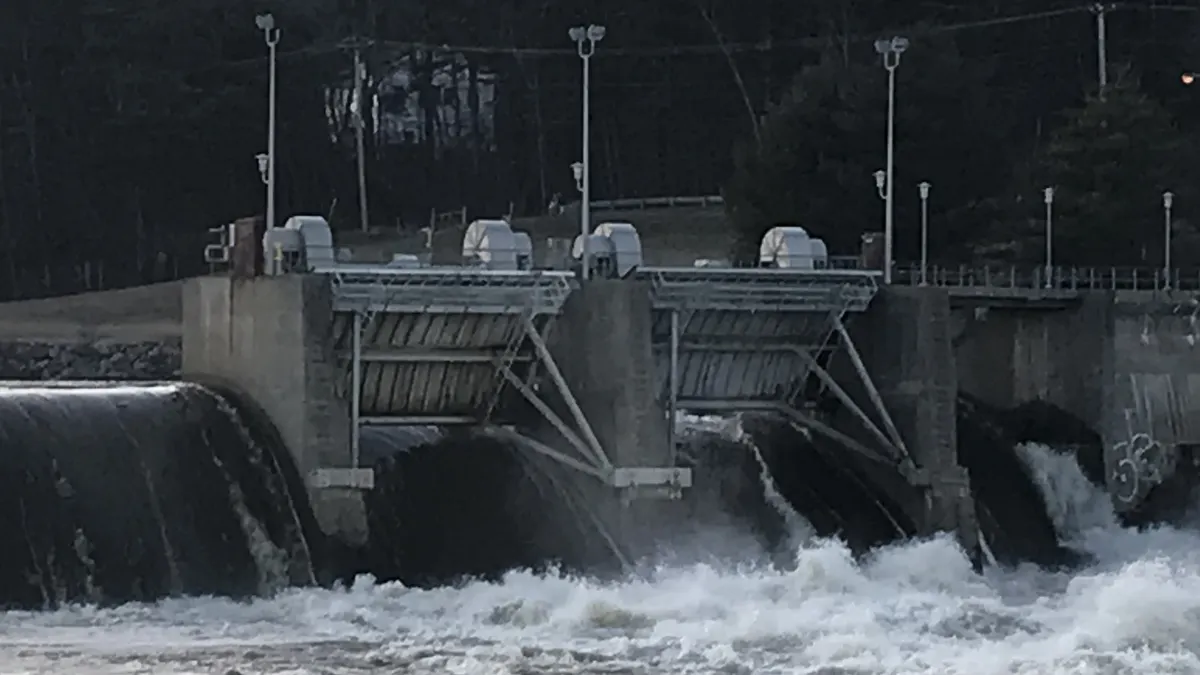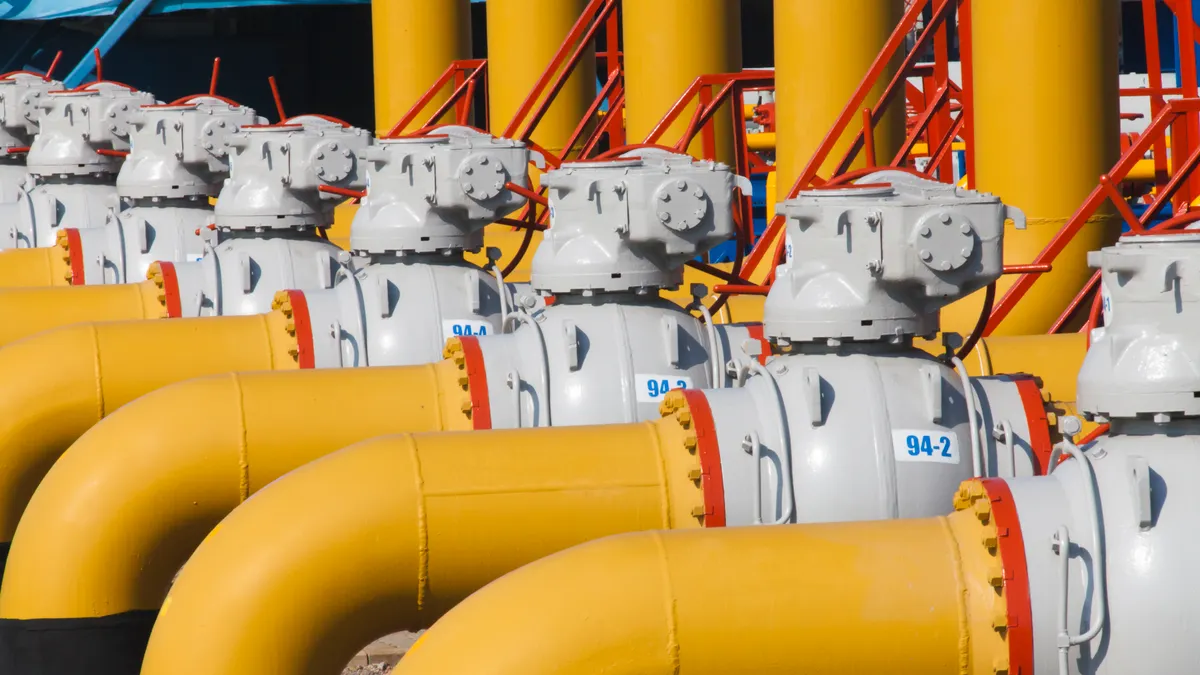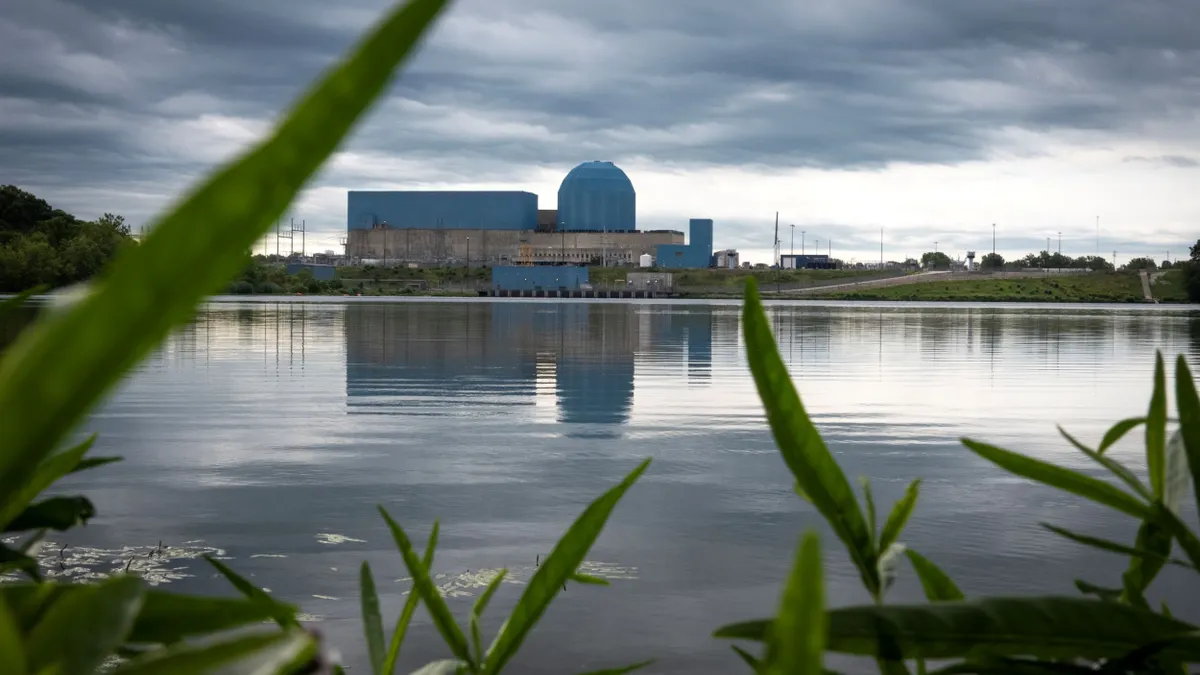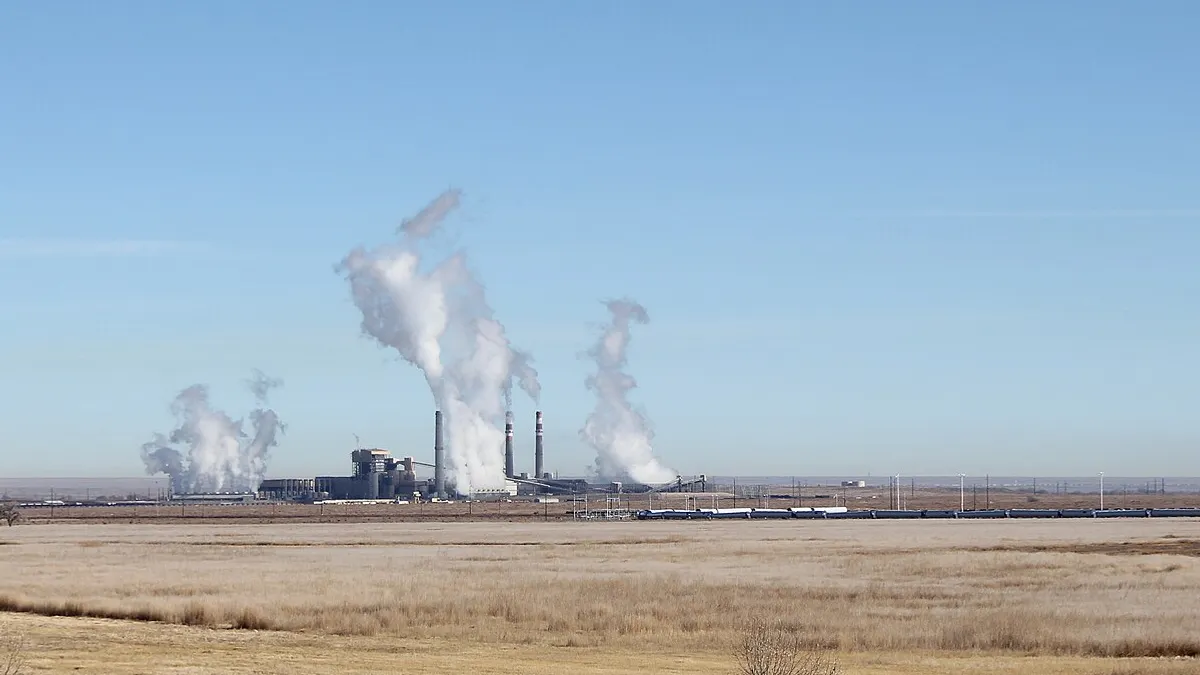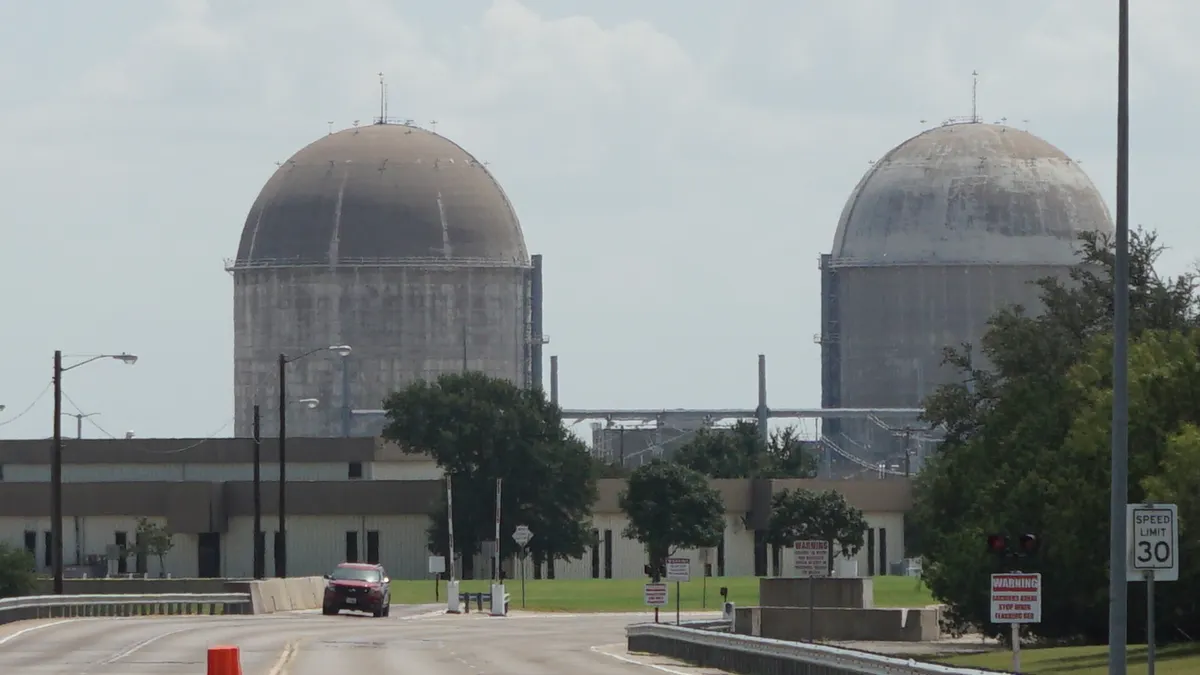Mei Shibata sounds a bit wistful when she talks about combined heat and power systems.
Also known as co-generation, the systems utilize the heat generated from small-scale electricity production on-site, meaning their efficiency far exceeds that of a typical power plant and can deliver significant environmental benefits rivaling wind and solar facilities.
“But somehow that message doesn't seem to get the customer side excited,” said Shibata, a contributing analyst with GTM Research who recently authored a study on the slow growth of the CHP sector.
“Solar companies have done such a good job marketing themselves that anything fuel-based, people just aren't in the mood to hear about it,” she said. “Because of the way renewables generate electricity … there is a place for some of these fuel-based generation options. But I feel like that message is a little lost right now.”
While CHP growth has stalled in the last decade, the resource still represents a significant chunk of the United States' total capacity. CHP and fuel cell systems made up 8% of U.S. capacity last year, and total about three times solar's capacity.
There are roughly 83 GW of installed CHP capacity in the United States; for comparison, there are about 2 GW of microgrids in operation. While the industry has struggled for significant growth in recent years, analysts say utility involvement and persisting low gas prices could help the sector build on emerging demand from the residential sector.
CHP's market situation
The golden era of CHP in the United States ran from the 1970s until 2000, fueled by new interconnection standards and a growing economy that boosted manufacturing. Those tended to be larger resources, which Shibata said often worked in close cooperation with utilities. But as growth stalled, fragmented regulations and incentives around the country have stood as a barrier to a new wave of smaller systems.
"Lack of consistency in standards across the country compartmentalizes development opportunities, giving rise to local project developers with local market intelligence,” the GTM report concludes. “This increases the technology cost overall, while increasing barriers for national professional services providers.”
“In some states CHP is treated the same way as distributed solar,” Shibata said. “In other sates CHPs are treated a little differently, with some of the incentives being a little lower.”
“As long as you're a big enough entity to be able to make an investment of this nature or even get financing for it, in a lot of markets where grid resiliency is an issue, or your rates are high or there is an incentive, there is an ROI associated with this,” she said. “The customer motivation, depending on where you live, is there. But the process by which you actually get it deployed is onerous.”
CHP projects tend to be one-offs, which means taking advantage of economies of scale is difficult. Feasibility analysis can be an expensive and complicated process, and utility interconnection requirements are numerous.
“You end up not having scale on the vendor side and not having satisfaction on the customer side,” Shibata said.
But despite that, GTM's research shows growth among a segment of smaller customers: multi-family residential buildings boosted their capacity by 46% over the last five years.
Two trends are fueling this growth, Shibata said. The development of smaller CHP systems, and the inevitable replacement of boiler systems.
“Where the market is going, the value proposition is around resiliency and taking advantage of additional energy savings when they need to make an investment in the building infrastructure,” she said. “No one is going to go in and change out a boiler that is still functional, but if you're already having to make that investment then more and more you're going to see these combined, smarter solutions.”
Microturbines, sized down to 25 kW and with low capital costs, could allow CHP systems to be installed in an even wider range of locations. At about the size of a refrigerator, “you could feasibly stick it in any basement,” Shibata said.
CHP and utilities
Cogeneration facilities have strong potential for utilities, but many of the same debates surrounding other distributed resources, like rooftop solar, are also slowing their embrace of CHP. And some utilities view cogeneration as another factor eroding sales, according to GTM's research.
A lack of coordination between utilities and customers developing CHP systems can erode their natural efficiency, which on the high-end can reach 80% to 90% if the systems are sized correctly.
The systems operate most effectively when they are sized for a system's thermal loads, rather than power needs, in order to reduce waste. But according to a white paper from the American Council for an Energy Efficient Economy, "CHP systems are often undersized to ensure that the electric output is not greater than the onsite electric demand, which would require power export. This leaves major efficiency savings on the table."
ACEEE attributes this to "policies and practices that discourage exporting power from customer-owned CHP systems."
The white paper advocates for utility ownership and dispatch of cogen facilities in order to fully size the projects to meet thermal demand.
"Any excess power beyond that which was consumed onsite could be exported to the grid, maximizing efficiency and emissions reductions," ACEEE noted. "Strategically-sited CHP can avoid or defer distribution and transmission system investments and reduce maintenance costs for a utility."
GTM's research echoed those findings, concluding the key to the “ultimate market success of CHP is the ability to safely, reliably and economically interconnect with the utility grid system in a consistent way, so that CHP providers can design their systems more efficiently.”
Lagging goals, but a boost from CPP and cheap gas
The White House in 2012 targeted 40 GW of new CHP capacity by the end of 2020, potentially saving customers billions annually in energy costs. But Shibata said returns are badly lagging this goal, with less than 2 GW of new capacity added so far.
But it's not entirely surprising: federal incentives are difficult to navigate and tend to decline as systems grow in size. State goals are a patchwork of rules often tied to net metering standards but with additional rules targeting the efficiency and size of cogen projects. While growth has lagged in recent years, Shibata said CHP systems could get a boost from the Clean Power Plan.
"As the pressure for cleaner power goes up and dirtier plants come offline, utilities are going to have to think about newer solutions. And it' not like CHP is new, but it's definitely much cleaner," she said.
And because most CHP systems are powered by natural gas, GTM said mid-term pricing trends tend to drive CHP projects.
"Historically, CHP adoption has tended to ramp up or down based on what natural gas prices do, with about a three-year lag," the firm concluded. Given the low-cost commodity environment in recent years, that could mean a bump on the horizon.
Gas turbine cogeneration has an installed cost of $1,200 to $3,300/kW. Microturbine prices can be as high as $4,300/kW while fuel cell generation can reach $6,500/kW, making incentives especially important for that technology.
"It started to feel like the best kept secret," she said of her research. "There's a huge installed base out there, but in terms of new deployment it's the thing no one was talking about."








